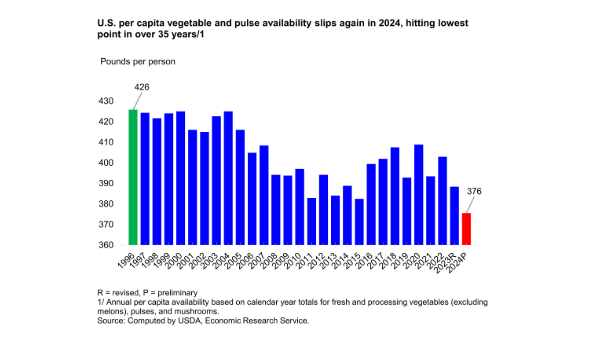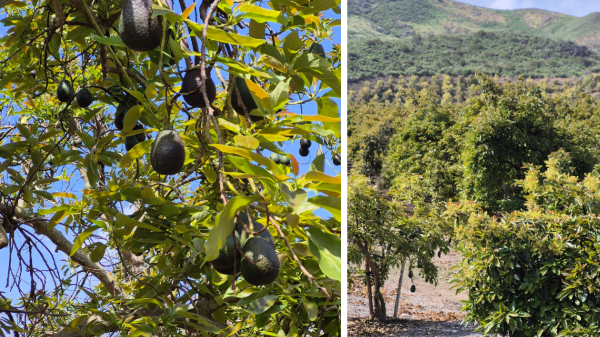Welcome to Blue Book!
Are you ready to join the thousands of companies who rely on Blue Book to drive smarter decisions? View our plans and get started today!
Still have questions? We’d love to show you what Blue Book can do for you. Drop us a line– we’ve been waiting for you.

Higher levels of fruit and vegetable consumption are associated with increases in brain matter, according to a new study out of the U.K. Effects were seen on levels of both white and grey matter in the brain.
“Salad/raw vegetable intake is positively associated with total white matter volume,” the study concluded.
White matter contains nerve fibers (axons), which connect nerve cells.
“The grey matter is the seat of a human’s unique ability to think and reason. The grey matter is the place where the processing of sensation, perception, voluntary movement, learning, speech and cognition takes place.”
The effects of fresh fruit intake are somewhat more complex.
“Fresh fruit intake showed a negative association with total grey matter (GM) volume.” On the other hand, higher fresh fruit intake was associated with larger GM volume in certain parts of the brain: the left hippocampus, right temporal occipital fusiform cortex, left postcentral gyrus, right precentral gyrus, and right juxtapositional lobule cortex.
Hippocampus volume “has been robustly related to memory performance as well as to the risk of developing dementia,” says the study.
In addition, “our results for the temporal occipital fusiform cortex suggest a protective role of fresh fruit intake on this brain area,”says the study. The fusiform cortex is involved in functions such as processing visual forms, word understanding, and facial recognition.
Third, there is “a direct relationship between fresh fruit intake and the left postcentral gyrus and the right juxtapositional lobule cortex (formerly supplementary motor cortex). “The postcentral gyrus is mainly involved in somatosensory function,” and GM loss in this area has been associated with “major depressive disorder.”
“Again, our results suggest that fresh fruit intake may have a role in the protection of the GM volume of the left postcentral gyrus and the bilateral juxtapositional lobule cortex,” says the study. Since both of these regions are involved “in major depression neurobiology, . . . fresh fruit consumption may contribute to the prevention of major depressive disorder.”
In sum, the study concludes, “our results highlight a possible protective role of fruit and vegetable consumption against developing both dementia and depression.”








